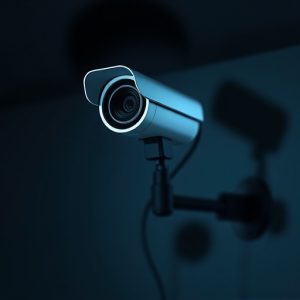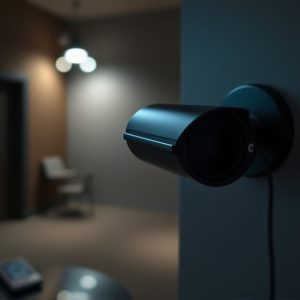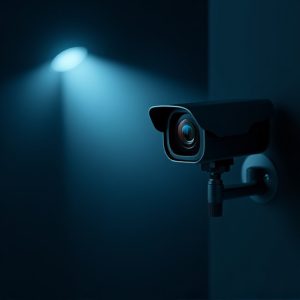Small Spy Cameras with Audio: Bridging Security and Ethical Surveillance
Small spy cameras with audio have undergone remarkable technological advancements, becoming discree…….
Small spy cameras with audio have undergone remarkable technological advancements, becoming discreet yet sophisticated tools for capturing high-quality visual and auditory data. These devices now feature compact designs equipped with advanced components that allow them to operate stealthily in various environments, from homes to workplaces. With capabilities to record in high resolution regardless of lighting conditions and directional microphones adept at filtering out background noise, these cameras provide clear imagery and audio in both focused and ambient settings. Their adaptability makes them indispensable for a wide range of uses, including enhancing security systems, facilitating remote work, recording educational materials, and supporting personal surveillance or creative endeavors. As they become more affordable and user-friendly, small spy cameras with audio have become accessible to a broader audience, highlighting their significance as multifunctional tools. However, the widespread adoption of these devices has sparked serious privacy concerns and prompted discussions on ethical surveillance practices. The ongoing debate seeks to establish a balance between security needs and individual privacy rights, advocating for regulations that protect personal data while allowing for legitimate uses of this technology. This dialogue is crucial for navigating the complexities of modern surveillance technologies, ensuring both individual freedoms and collective safety are upheld.
Exploring the capabilities and applications of small spy cameras with audio, this article delves into the transformative role these discreet devices play in various domains. From enhancing security measures to capturing candid moments, their impact on how we monitor and document our surroundings is significant. In the following sections, we will navigate the intricate privacy and ethical considerations that accompany the rise of covert audio-visual monitoring technology, ensuring a comprehensive understanding of its multifaceted implications.
Understanding Small Spy Cameras with Audio: Features and Applications
Small spy cameras with audio capabilities have become increasingly sophisticated, offering users a discreet means to capture both visual and auditory information. These devices are engineered with miniaturized components that enable them to fit unobtrusively into various environments, from residential spaces to commercial establishments. A notable feature of these cameras is their high-resolution recording ability, which allows for clear image capturing in a range of lighting conditions. Coupled with directional microphones designed to filter out ambient noise and focus on the audio sources within their vicinity, these cameras ensure high-quality sound capture that can be as precise as an interview or as wide-ranging as a meeting.
The applications for small spy cameras with audio are vast and varied. In security contexts, they serve as a deterrent to theft or vandalism by providing real-time monitoring and evidence collection. In professional settings, they can be used for teleconferencing, ensuring that remote meetings are securely recorded. For educational purposes, these devices can facilitate the recording of lectures or workshops, providing students with resources to review material. Additionally, in personal use, families may monitor their homes while away, and creators may capture candid footage for documentaries or vlogs. The versatility of these cameras is matched only by their increasing affordability and user-friendliness, making them accessible to a wide range of users with diverse needs and preferences.
The Rise of Covert Audio-Visual Monitoring: Privacy and Ethical Considerations
The advent of small spy cameras with audio capabilities has marked a significant shift in how surveillance is conducted, both for personal security and professional monitoring. These compact devices have become increasingly sophisticated, offering high-quality visual and auditory recordings that are virtually undetectable to the untrained eye. As these technologies become more accessible and affordable, their integration into everyday settings raises profound privacy concerns. The ability to record conversations and activities without consent poses a challenge to individuals’ expectations of private spaces, be it in the home, workplace, or public areas. Ethical debates surround the use of such technology, questioning its role in balancing security with individual rights. Legal frameworks are often lagging behind technological advancements, creating ambiguity about where and how covert audio-visual monitoring can be legally deployed. Users must navigate these legal complexities while considering the potential for misuse, which could lead to unintended invasions of privacy or even harassment. The deployment of small spy cameras with audio in both public and private spaces necessitates a careful examination of the ethical implications and an urgent call for clear regulations that protect individuals’ privacy rights without stifling legitimate security interests. As society grapples with these issues, it becomes imperative to foster open discussions about the appropriate use of surveillance technologies and to develop guidelines that respect both individual freedoms and collective safety.


